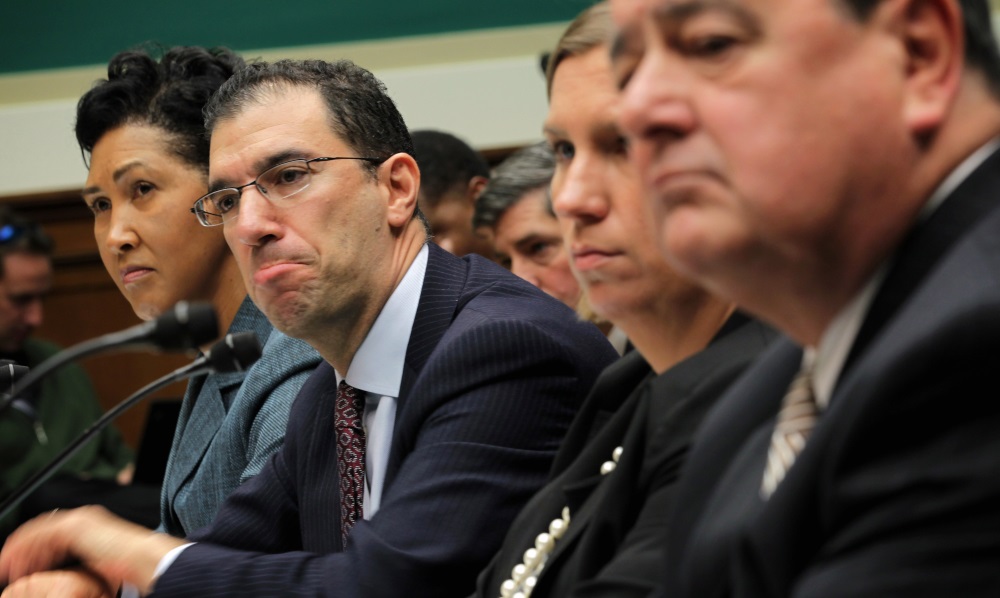
The Truth About Portals: Why Is Patient Usage so Low?
This stark reality raises an urgent question for health system executives: why aren’t patients engaging with these online tools, and how can we fix it?

This stark reality raises an urgent question for health system executives: why aren’t patients engaging with these online tools, and how can we fix it?

Digital tools are producing a more efficient patient-centered system. Practices tuned in to the new digital world operate more smoothly, deliver higher-quality care, and allow payers to manage costs and risks more effectively.

To personalize the patient journey, hospitals need a digital back end capable of delivering tailored experiences. Here's how a composable digital experience platform (DXP) works and how it can help you offer multiple layers of personalization to meet your patient's needs.

In a survey of 199 consumers, 19.6 percent said they prefer to get secure text messages from their physician when in-person discussions and phone calls aren't an option, while 10 percent said they prefer to receive physician communications via patient portals.

To achieve better outcomes and improve patient satisfaction and loyalty, providers must use technology that will facilitate continuous dialogue with patients utilizing personalized content and an empathetic tone.

A survey out of the Center for Connected Medicine and the Health Management Academy uncovered the technologies that health systems are prioritizing next year. Cybersecurity, virtual care and predictive analytics were among the topics that made the cut.

Reaching your patients through the technology they already use is key to patient engagement, and email and text are the most effective way to reach patients of all ages.

Now, it's just a matter of health IT vendors being ready to provide patients with their data and of patients knowing to ask for access.

As Meaningful Use moved to Stage 3 (MU3) in 2015, the Centers for Medicare and Medicaid Services (CMS) added APIs (application programming interface) as an alternative or complement to patient portals. But are these two digital health tools at odds with each other? And where do APIs fit in with Meaningful Use Stage 3? An […]

The best way to view MACRA is as an evolution - not an end to - Meaningful Use.

Patient portals—websites allowing patients to easily and securely access their EHRs and even communicate with their providers—were one of the big recommendations of MU2 in 2012. CMS promoted portals as a way for patients to access their EHRs and for providers to demonstrate that their patients were actually doing this, calling the portal “a powerful […]

Consumers show a strong preference to getting their medical records online, if given instruction on how to easily access them, according to a survey by Xerox and Harris Poll. Sixty-four percent of more than 2,000 U.S. adults do not currently use online patient portals, but more than half of them, at 57 percent, said they […]

Last week, I went to the hospital for a follow-up scan. I had my first scan in May, right after an OB-GYN appointment. I was excited, way back then, because I got my first invite to a patient portal. The experience was disappointing and this latest visit reinforced my earlier assessment: The system sucks. I […]

During the Reaching the Unreachables panel Tuesday at ENGAGE, Dr. Steve North described the challenges of working in a rural setting – specifically Spruce Pine, North Carolina. Spruce Pine is in western tip of the state squeezed between the Pisgah National Forest and the Cherokee National Forest in the Great Smoky Mountains. “I have an […]

Recently on HIT Consultant, James Dias, founder and CEO of Wellbe, made the case that “patient engagement” is a cliche that should be abandoned. I’ve had that conversation before, but no one can come up with a term that’s concise but not insulting. Patient empowerment – too woo woo and too episodic – being “empowered” […]